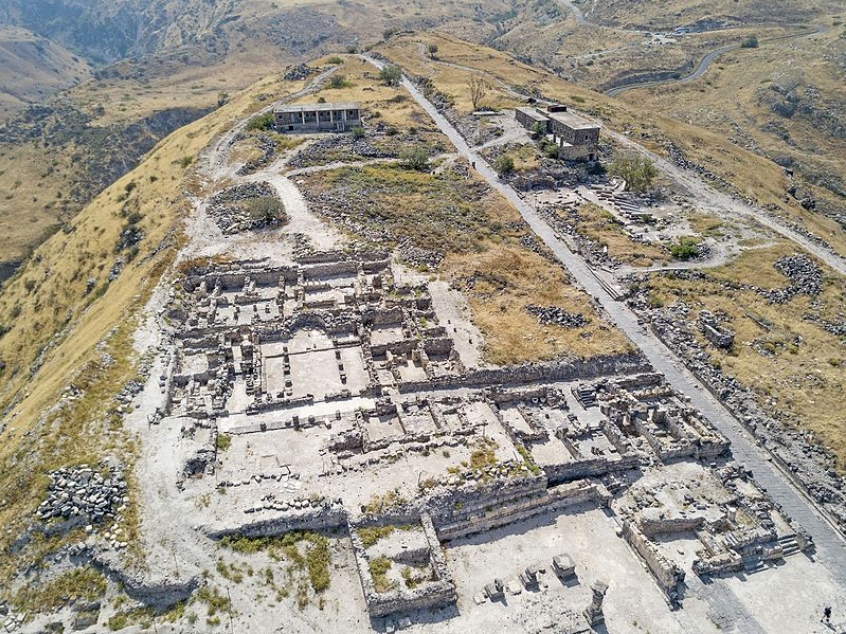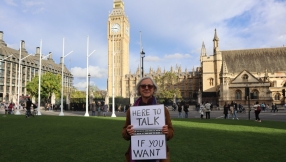
Archeologists digging the ancient city of Hippos-Sussita near the Sea of Galilee have unearthed a cluster of churches that may have existed in the late fifth or early sixth century. The expedition has found six to seven places of worship so far, indicating a mutual tolerance among Christian sects during that time.
Hippos-Sussita was one of the region's 10 cities (along with Damascus) in the eastern part of the Roman empire, encompassing sections of what today are Israel, Jordan and Syria. Christians in those times held various interpretations of their faith, but they opted to build their churches as closely as possible.
It seemed that the coexistence of multiple churches in a single place was the norm during those days. Some of the churches may have been built at different times. They could have also been made to accommodate different theological perspectives. It could also be all of the above.
Hippos had been occupied for thousands of years, but somehow, the place was abandoned along with its churches. This could be attributed to a massive loss of faith or population, or it could also be caused by some of the sects ceasing to exist, explained Prof. Mark Schuler, co-director of the excavation of the Northeast Insula Project.
Christians in the fifth century debated about Christ's divinity. The monophysite theory taught that Jesus and God the Father are one. But the bishops of Hippos in the sixth century advocated the Chalcedonian perspective which taught that Jesus, the Son, is separate from the Father but is divine nonetheless.
The professor from Concordia University explained that the during the time, the monophysite belief was strong in Palestine, but this changed in around year 516 when the apostle John, who was then the patriarch of Jerusalem, embraced the Chalcedonian Christianity.
The belief was carried on by John's successor, Peter during the second Synod in 538. Present in that Synod was the bishop of Hippos, which meant that the ancient city generally adhered to the Chalcedonian tradition. But apart from Christians, there were some Jews who thrived in the area.









